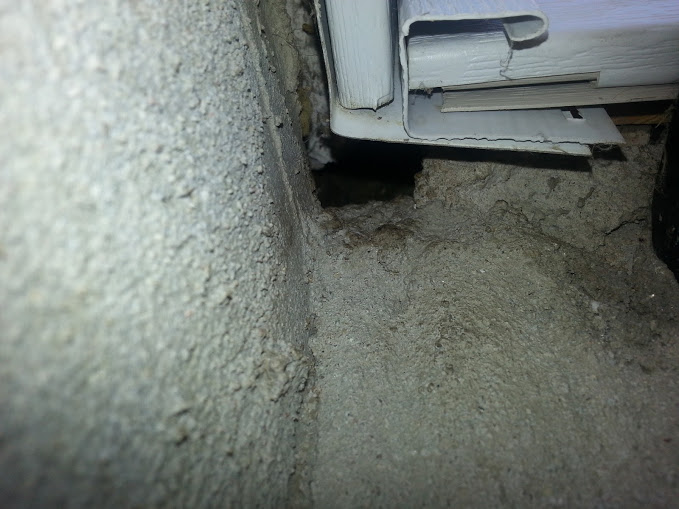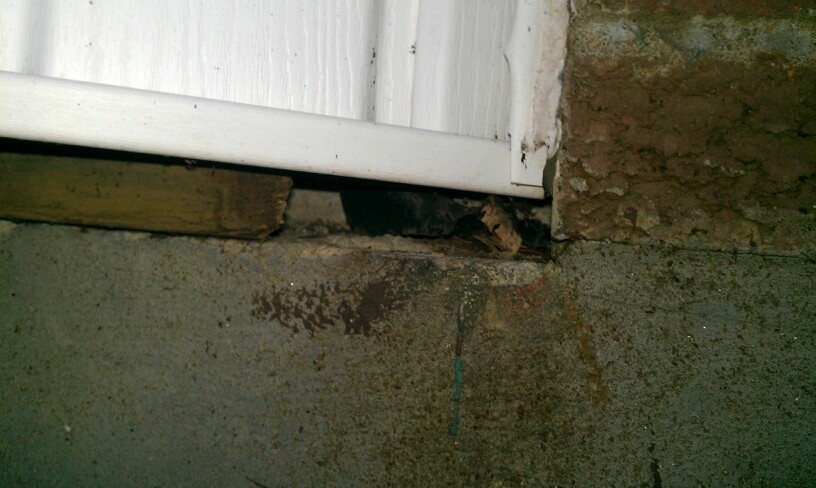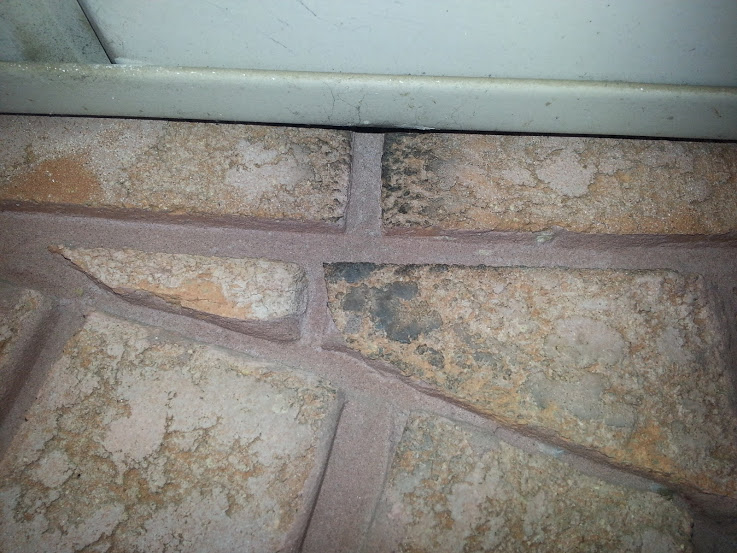Mice have survived and thrived for centuries by living alongside humans. Though often out of sight and out of mind, mice are never far away. Mice remain a common household pest throughout North America. Unfortunately, we humans have yet to build a perfect mouse trap to rid ourselves of the stress and frustration that mice can bring.
Skedaddle Humane Wildlife Control responds year round to mouse calls from Truro homeowners. Scratching from behind walls and ceilings, droppings in the kitchen and chewed food packaging are just some of the complaints.
When faced with a furry infestation it’s tempting to reach for traps and poisons, but time after time these methods alone fall short. You may kill a few mice initially, but the problem soon resurfaces as more mice take their place.
The most effective way to solve a mouse problem long-term is to identify how and where they’re getting in and block them off. Finding mouse entry points can be hard work and often requires a trained professional. Mice are easily able to fit themselves into any gap or hole larger than a dime.
Here are some of the most common mouse entry points:
Siding-Foundation Gap
One of the most common gaps that allow mice to enter a home is found where the exterior siding meets the foundation. If the aluminum or wood siding does not meet flush with the concrete then there is a chance for mice to make the short climb up the foundation and tuck themselves inside the walls. This gap is usually very low and in many cases goes unnoticed because it can only be seen by looking upward from the ground.
Fieldstone Foundation
Older stone foundations are notorious for allowing mice to access into houses. Time and the elements have a way of degrading the mortar that binds the stones together creating holes for mice and other rodents to crawl in.
Window Frames
Window frames at ground level tend to rot and degrade more quickly than those higher up and top side of the frame is hard to see without crouching down. If the caulking or wood that surrounds the window begins to open up you can bet mice will find it.
Brick-Soffit Gap
Another common builder gap is the space where aluminum soffit and irregular brick and stone meet. Mice and rodents are excellent climbers and can crawl straight up brick walls to get inside attics. Anyone who has suffered a mouse infestation knows that attics are a favourite nesting area.
Skedaddle Humane Wildlife Control
Identifying and locating mouse entry points can be pretty tricky stuff. It often takes an expert eye to see the droppings, fur or staining that gives away how mice are getting into the house. Fortunately, there are mouse and rodent experts at Skedaddle in Truro who are ready to take your call.
Our technicians will get rid of your mice and prevent their re-entry. Don’t waste time with traps and poison. Call us today at 897-9453!
Proudly Serving: Northern Nova Scotia – Truro, New Glasgow, Antigonish and Amherst






